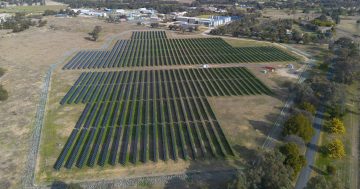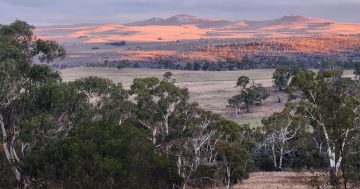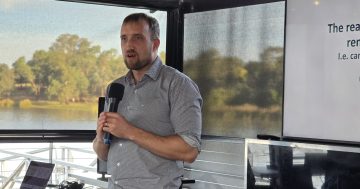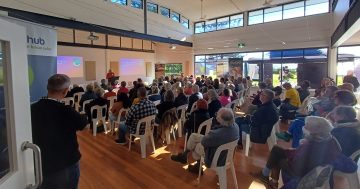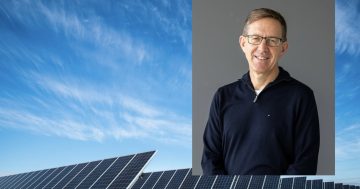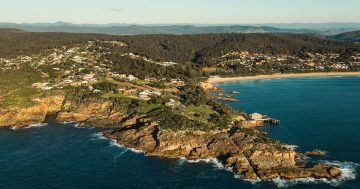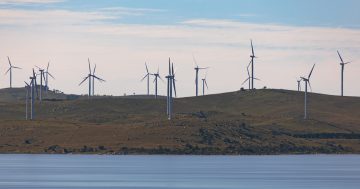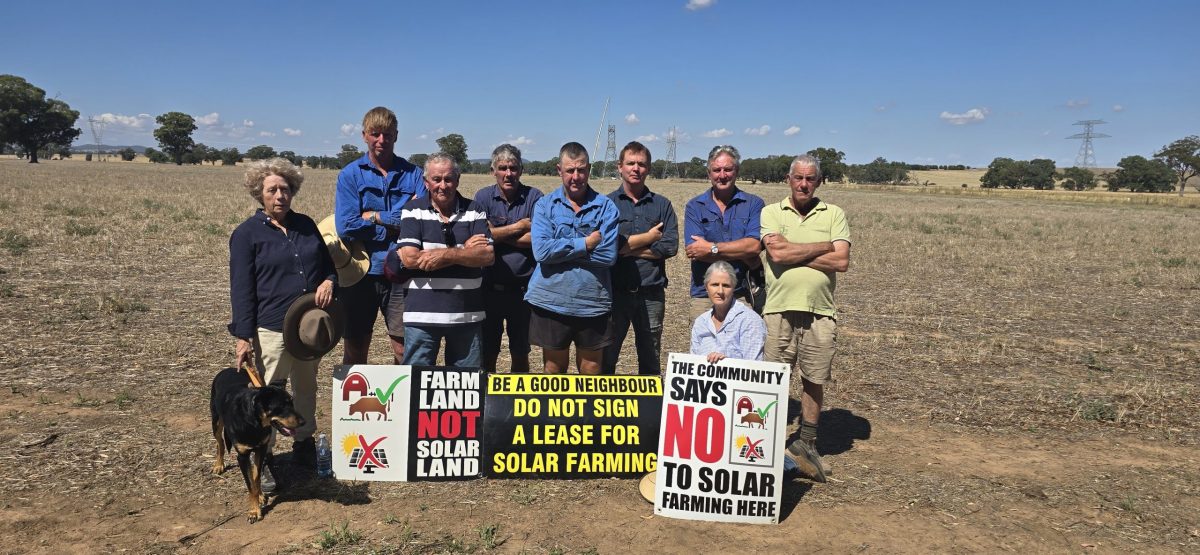
Protests against renewable energy projects are on the rise, but may not be for the reasons you think. Photo: Shri Gayathirie Rajen.
Across Yass, Murrumbateman and the Riverina, residents have rebelled against proposed solar farms and battery storage power stations this past year.
Many Canberrans have scoffed at these protesters, dismissing them as NIMBYs, selfish, uneducated or even climate change deniers.
In doing so, city-based critics fail to understand the reason behind these rural rebellions – the arrogance and poor communication of governments, councils and corporations who don’t seem to care about those who may be disadvantaged by these profit-making ventures.
Murrumbateman residents are pro-saving the planet. Most understand the need to replace fossil fuels with renewable energy.
But they do want to know more about the 5000 sqm fenced-off facility they’ll have to look at and listen to each day, and why there has been a lack of consultation.
The local council did not publicise this venture on their social media but attached 10 PDF documents related to the Development Application (DA) on the planning and building section of its website, giving residents 14 days to make a submission.
“I’ve looked at all the documents, but I don’t understand any of them. I spent a couple of hours, but I have a business to run; I’d need to get an engineering degree to understand it,” a local winery owner said at the time.
I applied an online readability tool to extracts of the DA – it was given a low D rating, meaning it was ‘very difficult’ for the average person to understand.
The same rating applied to documents Riverina beef farmer Karen Masson had to read when she discovered a $5 million solar farm was set to be her new next door neighbour.
“We found out about the project a week before Christmas, right in the middle of harvest. We had very little time to object, and the council was closed over the holidays so that we couldn’t discuss the development properly,” she said.
“The DA was over 100 pages long, with many gaps. We had to wade through all this technical data and scientific reports. We’re not silly people, but it took a lot of time and effort to gather ourselves and submit a response.”
This is a common theme for renewable energy projects happening just outside the ACT and across rural NSW. Nearby residents are either kept in the dark or given tight timeframes to get their heads around extremely complex documents many academics would struggle to understand.
At times, families don’t even know what’s happening in their own neighbourhood until they suddenly see the trucks, construction workers and panels appear when they step on their front yard.
Community consultation is a farce in Australia, accurately depicted as a meaningless exercise by the comedy show Utopia. I’d challenge anyone to identify a major project where people were given time and genuine opportunities to express their views and a government body/corporation significantly changed what they were going to do based on the feedback.
When people feel ignored during planning processes, they are right to be suspicious.
The dangers associated with projects such as battery storage power stations may be small, but they are real. Be it water contamination or bushfire, residents in the area deserve to be told the extent of the risk and plans put in place to mitigate it.
Councils, governments and corporations must also consider legitimate concerns about noise, obstructing views and wasting high-value agricultural land when choosing the location of projects.
If you genuinely believe we are in a climate emergency, we need to bring those closest to and most disadvantaged by renewable energy ventures along for the ride.
This can be done by publicising projects properly. Explaining the costs and benefits in plain English. Giving people time to respond. Listening to local concerns. Trying these novel concepts might result in more renewables and fewer rebellions.
Original Article published by Oliver Jacques on Region Canberra.







